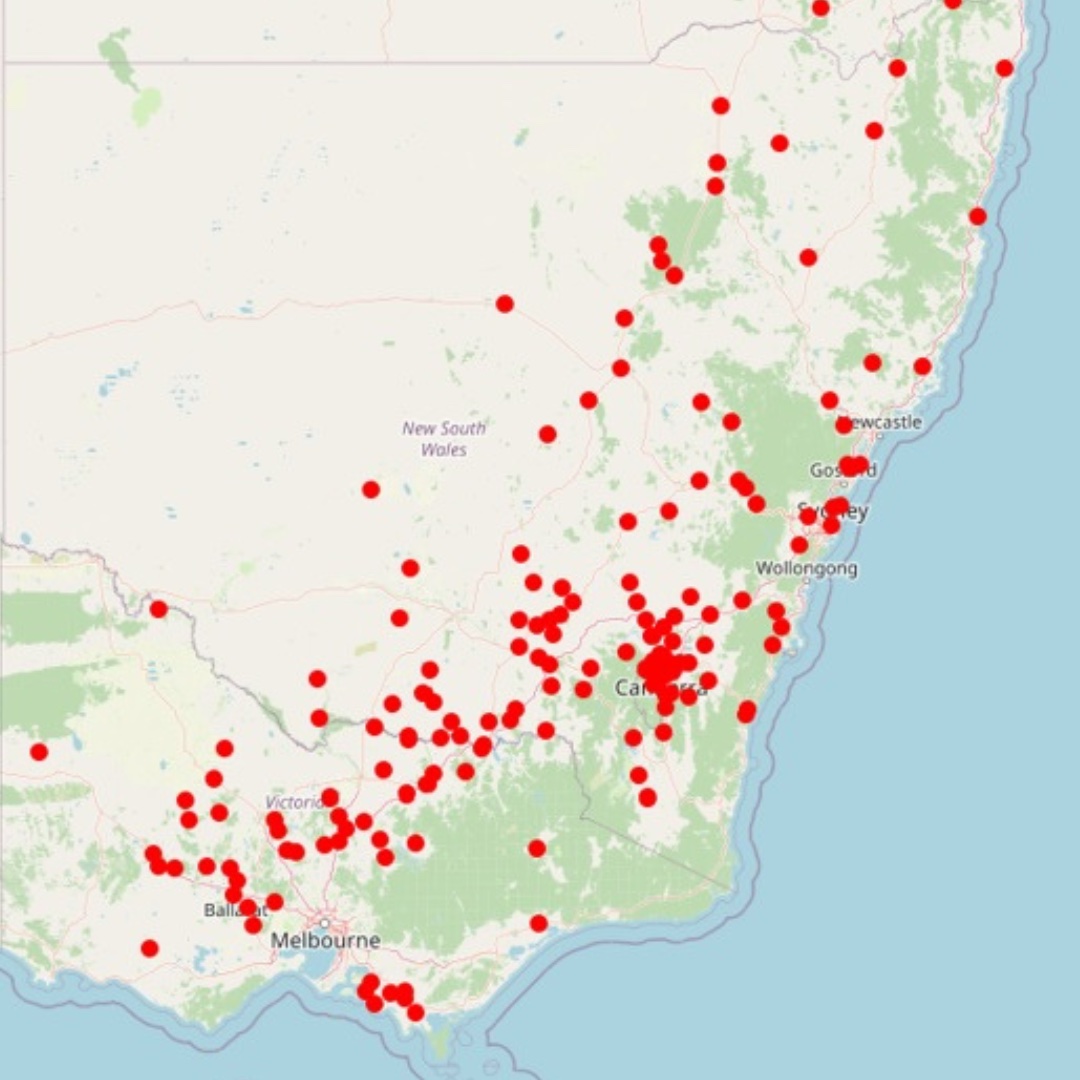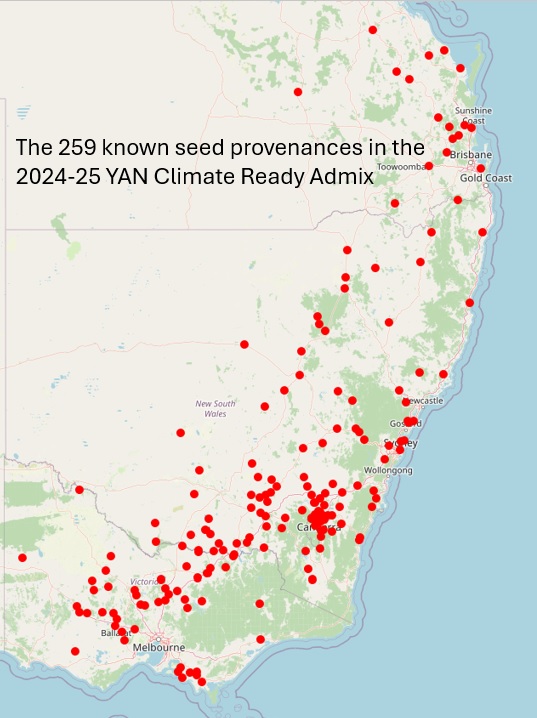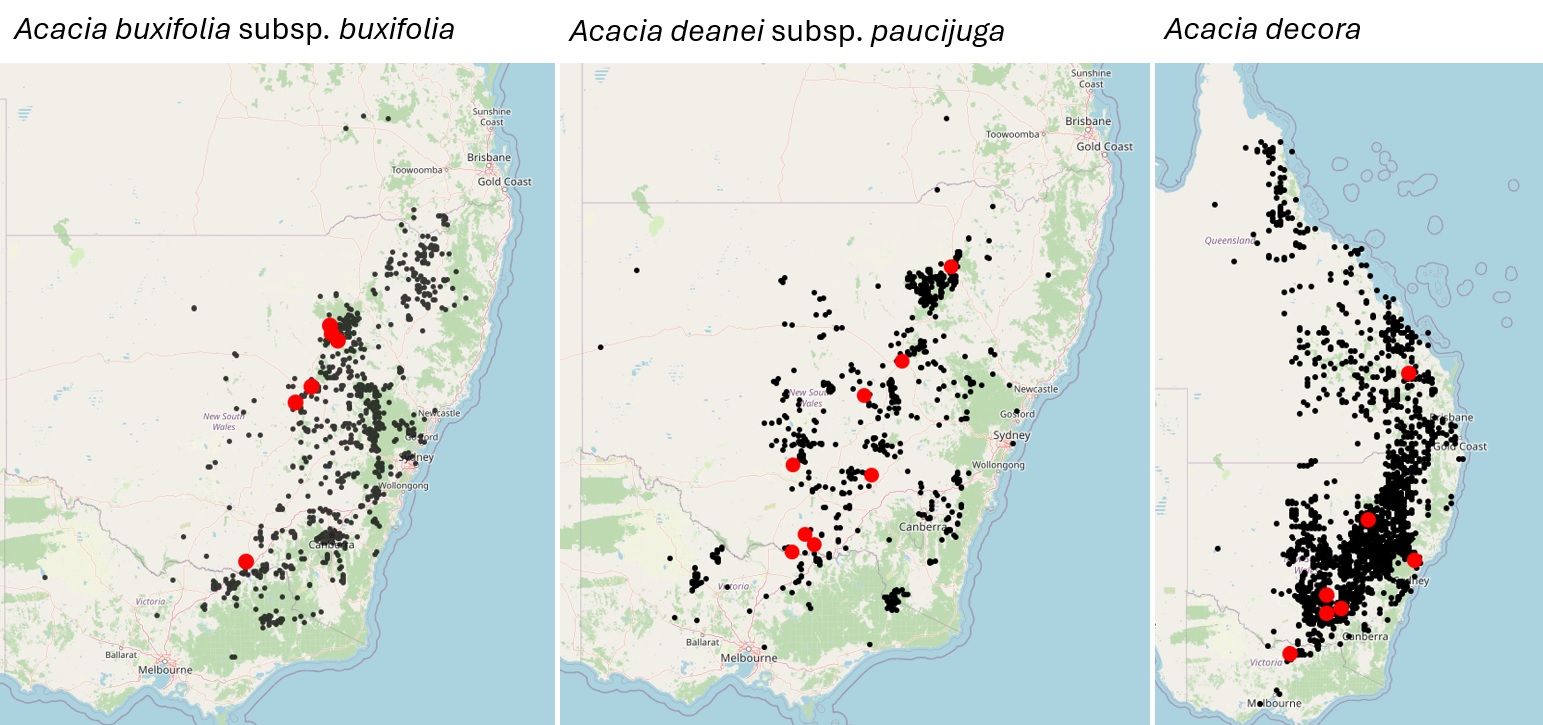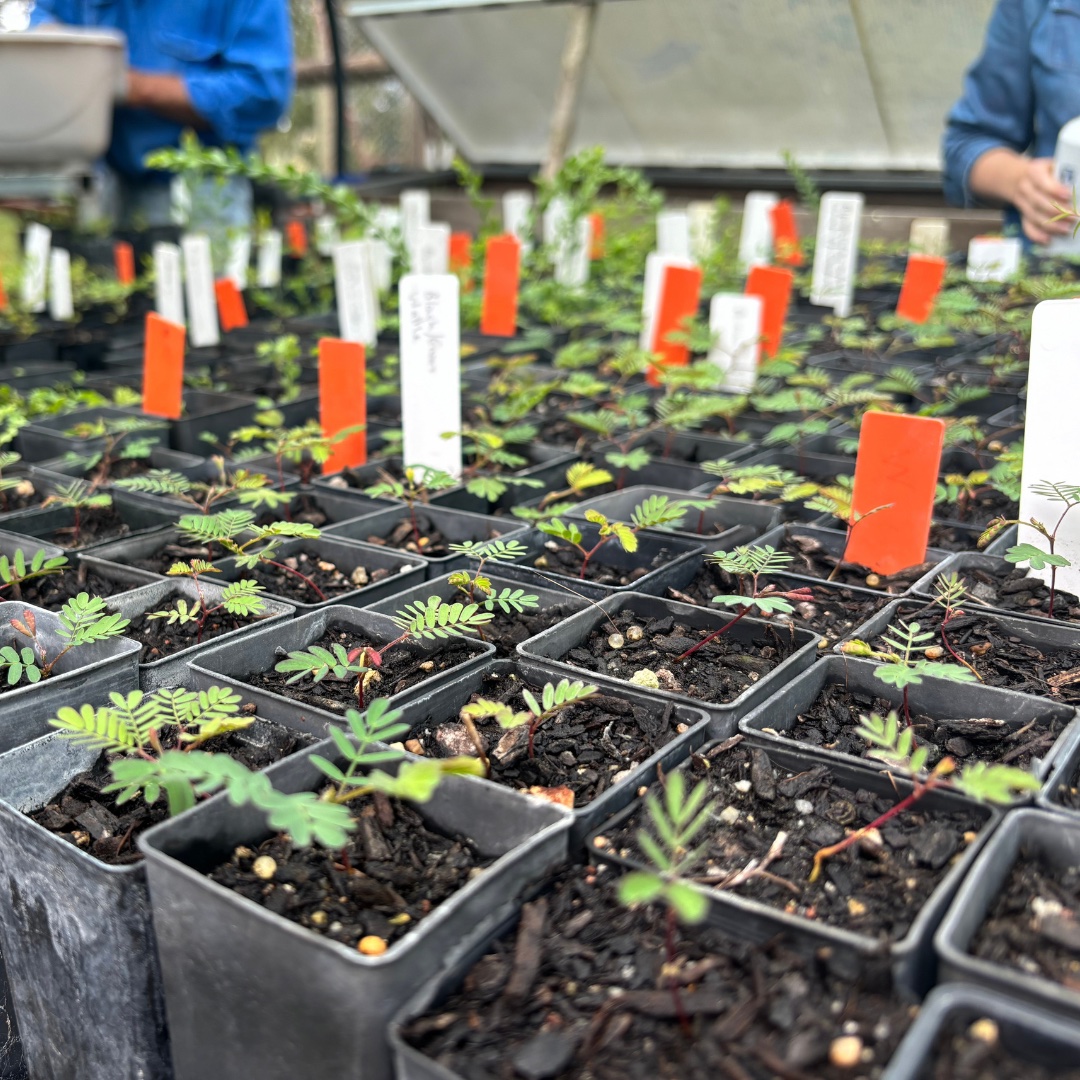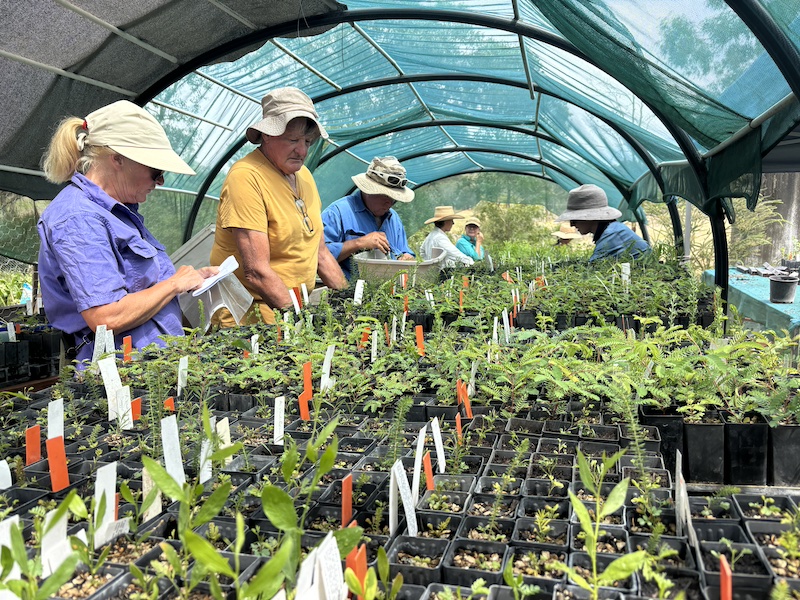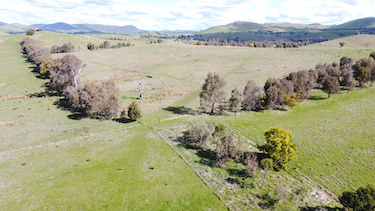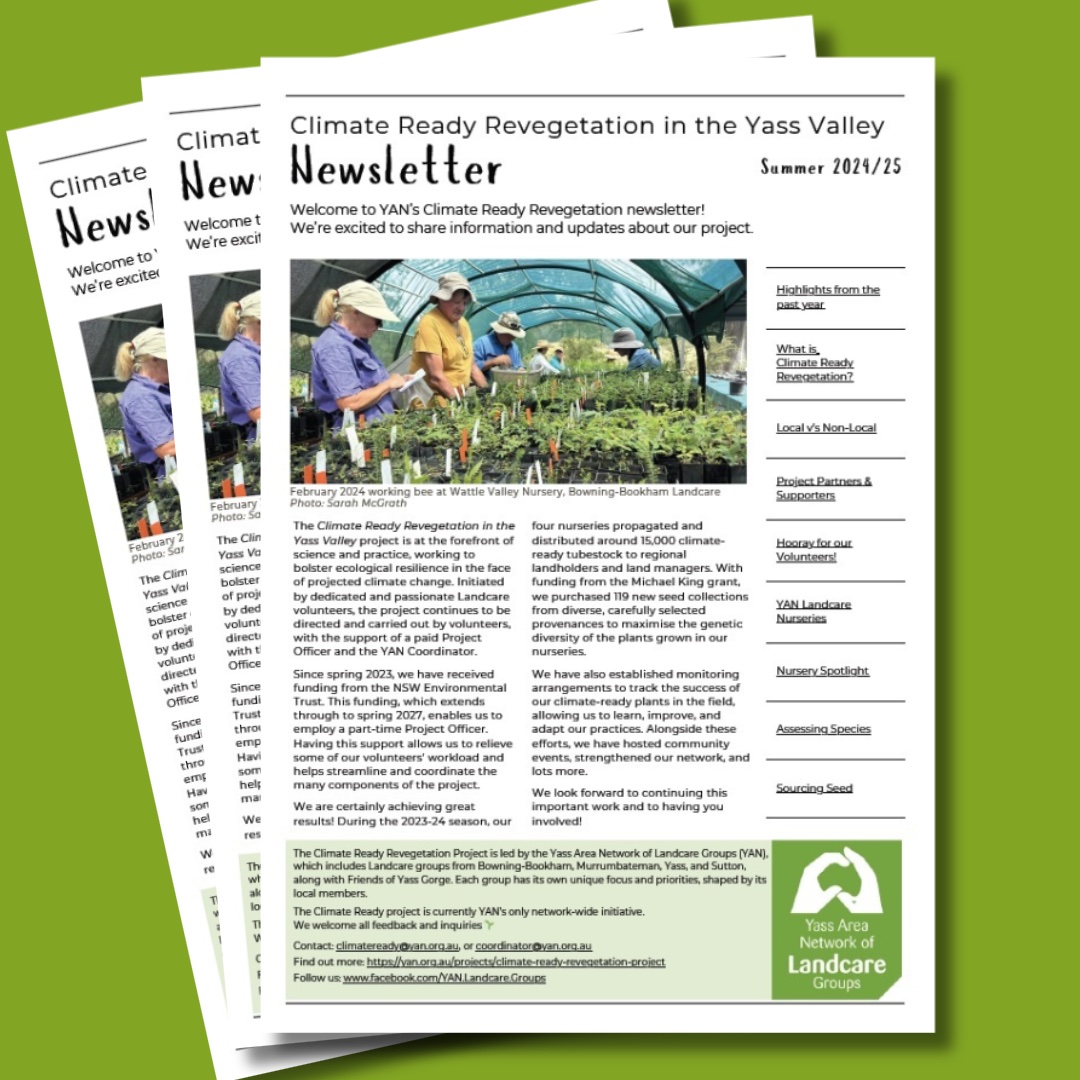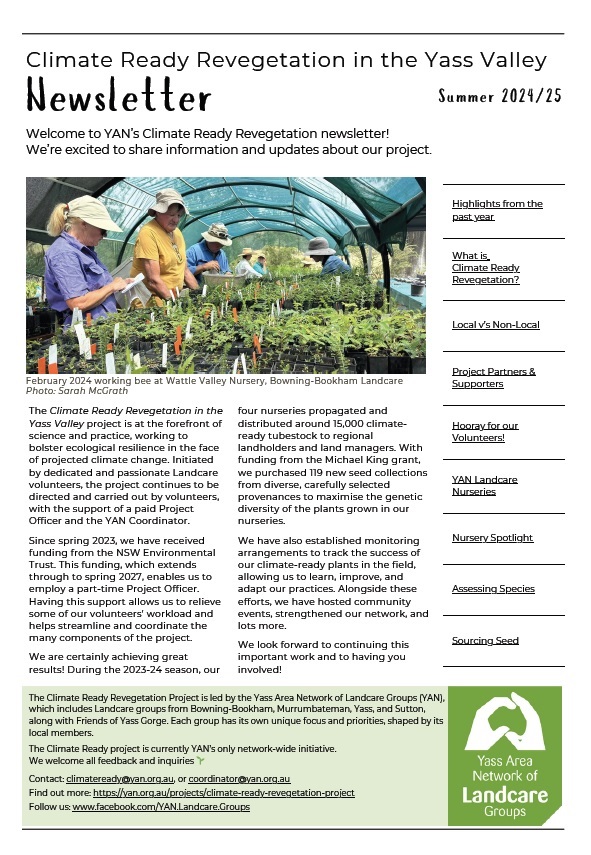The Friends of Yass Gorge have been hard at work this autumn, tackling weeds and helping to maintain the health of this unique and important natural space.
The Yass Gorge is home to a critically endangered ecological community — the Natural Temperate Grassland. Protecting this area means actively managing and controlling non-native plant species that threaten the balance of the ecosystem.
Weed Control Efforts
Recent efforts have seen a major focus on woody weed control throughout the gorge. With the support of Yass Valley Council, who not only provided funding for the herbicide but also joined in the spraying work, the team has made significant progress:
- - 1200 litres of woody weed spray were applied between Flat Rock Crossing and the Gorge entrance on both sides of the Yass River.
- - 250 litres of woody weed spray were used between the Pumping Station and Grampian Street on the western side of the river.
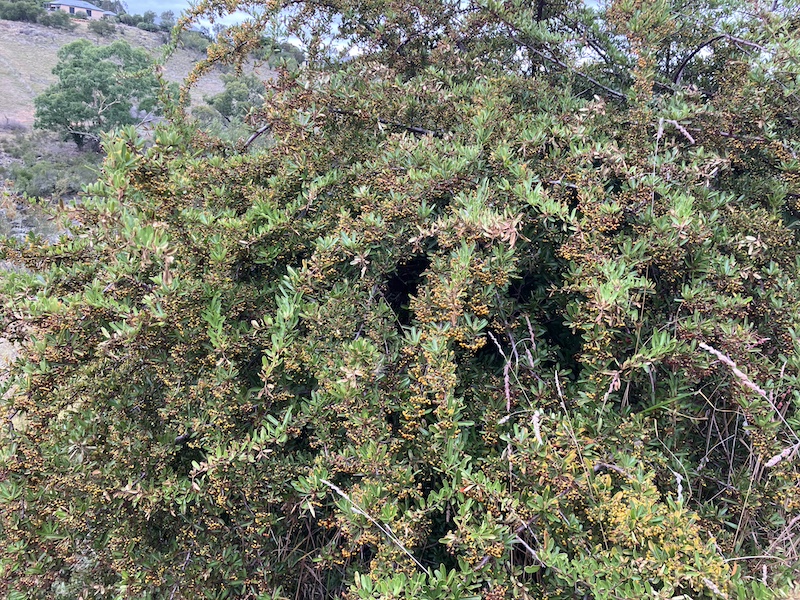
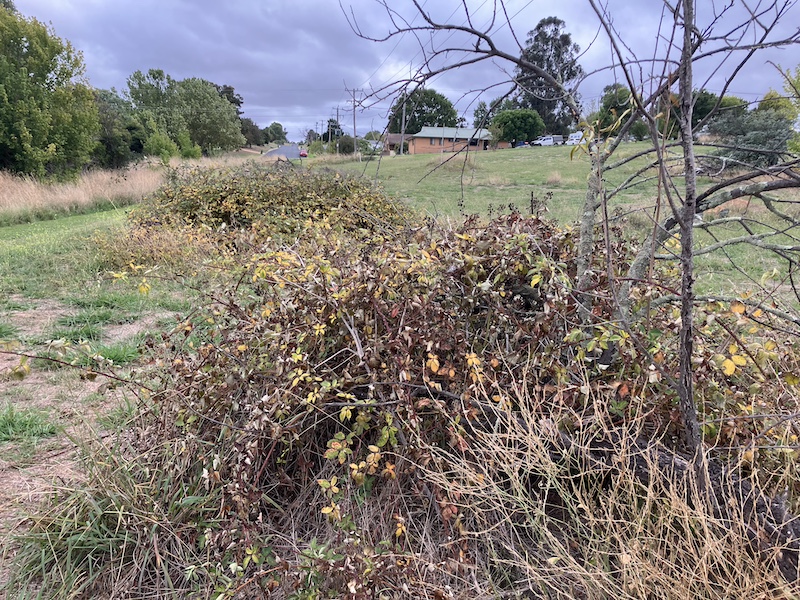
Weeds targeted included a range of non-native species such as:
- - Blackberry
- - Cotoneaster
- - Wild plum
- - Lucerne tree
- - Box Elder
Spraying these invasive plants isn't as simple as it sounds. Taller weeds were carefully cut down first, and herbicide was painted directly onto the plant stumps within 30 seconds of cutting. This method prevents collateral damage to native species, like the young eucalypts that have sprung up since the last flood.
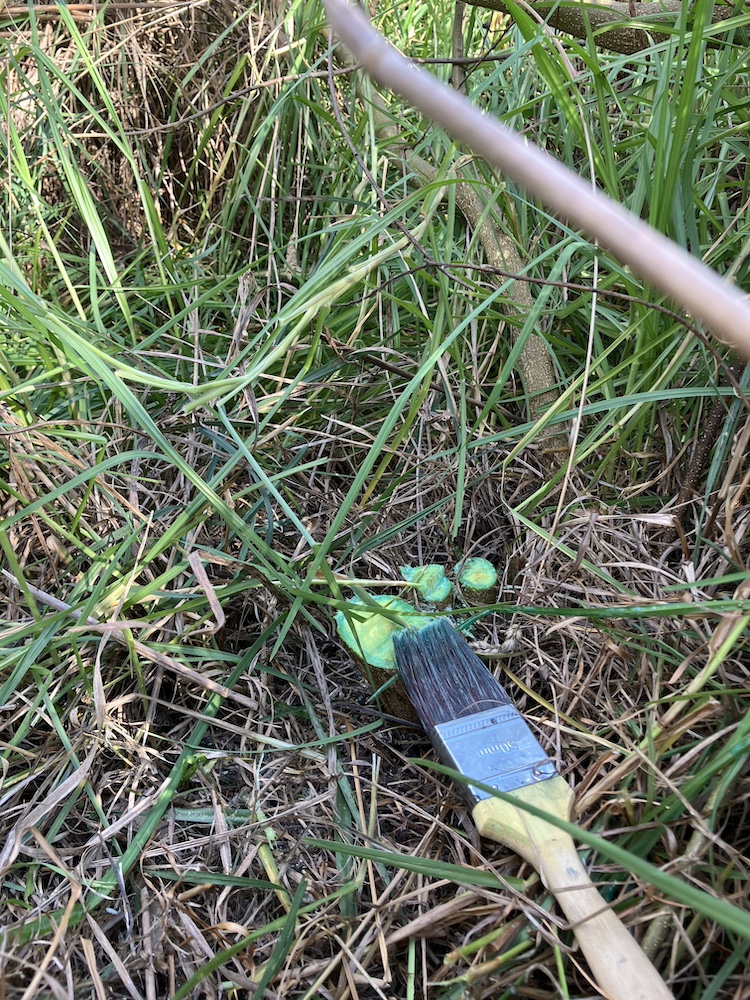
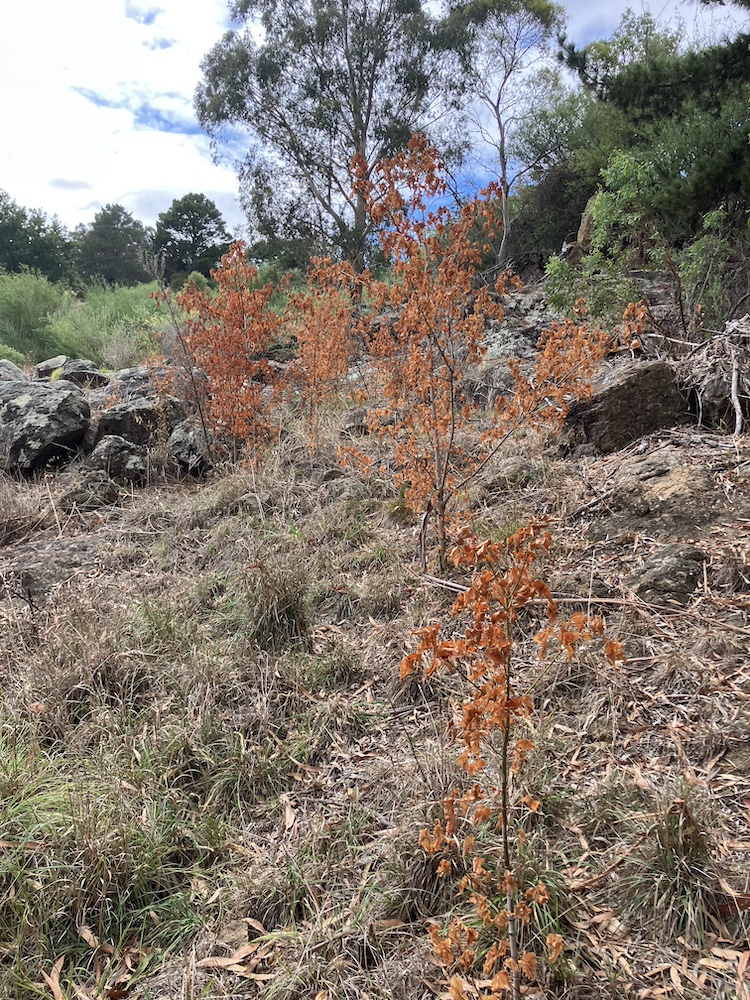
Exciting News for Native Fish
In addition to the weed control efforts, there's more exciting news for the Gorge! Native fish species have been reintroduced into the Yass River, with Murray Cod and Golden Perch fingerlings released into three weirs:
- - Main Weir
- - Riverbank Park Weir
- - Railway Weir
This initiative helps to restore native fish populations and improve the overall health of the river ecosystem.
Get Involved!
Are you passionate about keeping this special piece of land in the heart of Yass in the best possible condition? The Friends of Yass Gorge are always looking for more hands to help with their important conservation work. Whether it’s tackling weeds, supporting habitat restoration, or monitoring wildlife, there’s a way for everyone to get involved.
Reach out to the Yass Area Network of Landcare Groups coordinator [email protected] to find out how you can lend a hand. Let’s work together to protect and preserve the Yass Gorge for generations to come.
written by Ross Webster & Sarah McGrath, Local Coordinator



